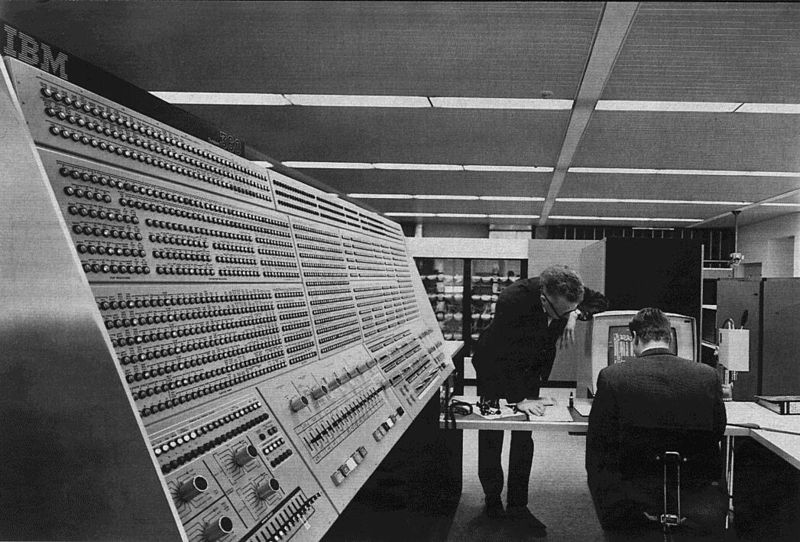IBM's System/360 at 50: More than hardware and software


We're seeing industry pundits from all quarters take the time to congratulate or castigate IBM for being able to sell variations of the System/360 for 50 years. Can we attribute this long run of success to the design of the hardware, the complex layers of software built to support that hardware — or is it something else?
The hardware
IBM was one of the very first suppliers of systems that understood that a family of compatible systems that were able to execute the same software would allow customers of all sizes and in all markets to build workable solutions to their business problems. The focus on business — rather than a focus on whatever happens newest technological marvel — has long been a hallmark of IBM's approach to the market.
This family of systems, however, has seen a steady stream of new models, each designed to take advantage of whatever approach to systems was then state of the art. Since IBM's focus was creating business solutions and not leaving customers behind, each of the systems was designed with a strong level of compatibility in mind. That is, IBM went to great efforts to make sure that each change was evolutionary and didn't present road blocks.
The software
IBM's focus on business solutions can be seen in the design of its many layers of software — including the operating system, development tools and environments, management software, networking software and storage software. These layers of software were designed with one thing in mind: creating high-performance, highly reliable, highly optimized environments upon which enterprises could rely.
Virtualization of all types found early use in this mainframe environment. IBM was one of the first to think of and then implement access virtualization, application virtualization, processing virtualization, storage virtualization, network virtualization and both management and security of virtualized environments. At the present date, it would be hard to find an IBM mainframe environment that is not virtualized.
IBM is currently extending and optimizing its mainframe software to build cloud computing and analytics into the DNA of its computing environments.
Once again, IBM has gone to great efforts to make sure that the changes are evolutionary and do not present road blocks for current customers.
The something else
I think that the long success of IBM's mainframes can be attributed to something else, however. IBM has always seen itself as a business partner — not just a technology supplier — for enterprises. It has carefully enfolded its systems with a broad solutions ecosystem composed of products and services offered by both the company and its partners. This, and not any specific piece of hardware or software, is where the blame lies for IBM's success.
The company has long supported an environment that offered amazing levels of scale, scope, integration, reliability and security that others have been challenged to imitate. Customers have built their most fundamental infrastructure with these systems at the very heart.
While it is true that generations of new applications have been built to surround the mainframe, the mainframe is still relevant today.
First, customers surrounded the mainframe with midrange systems designed to address interactive and network-based workloads. The database and foundation systems remained back in the data center on the mainframe.
Featured
Later, industry standard systems were pressed into service to support the server side of client server workloads. These servers communicated with the midrange systems that in turn communicated with the database and foundation systems.
Web-based workloads followed. Once again, the foundation of mainframe systems was behind the scenes providing high performance, reliable and secure access to data.
Today's focus on cloud computing and BYOD solutions, once again, can be seen as building another layer surrounding the mainframe.
While many have sought to replace the mainframe that is at the core of most enterprise data centers, they've not been able to drop their solutions in without increasing complexity or cost.
Congratulations to IBM for being able maintain its focus on compatible, reliable business solutions for 50 years.
Related coverage: